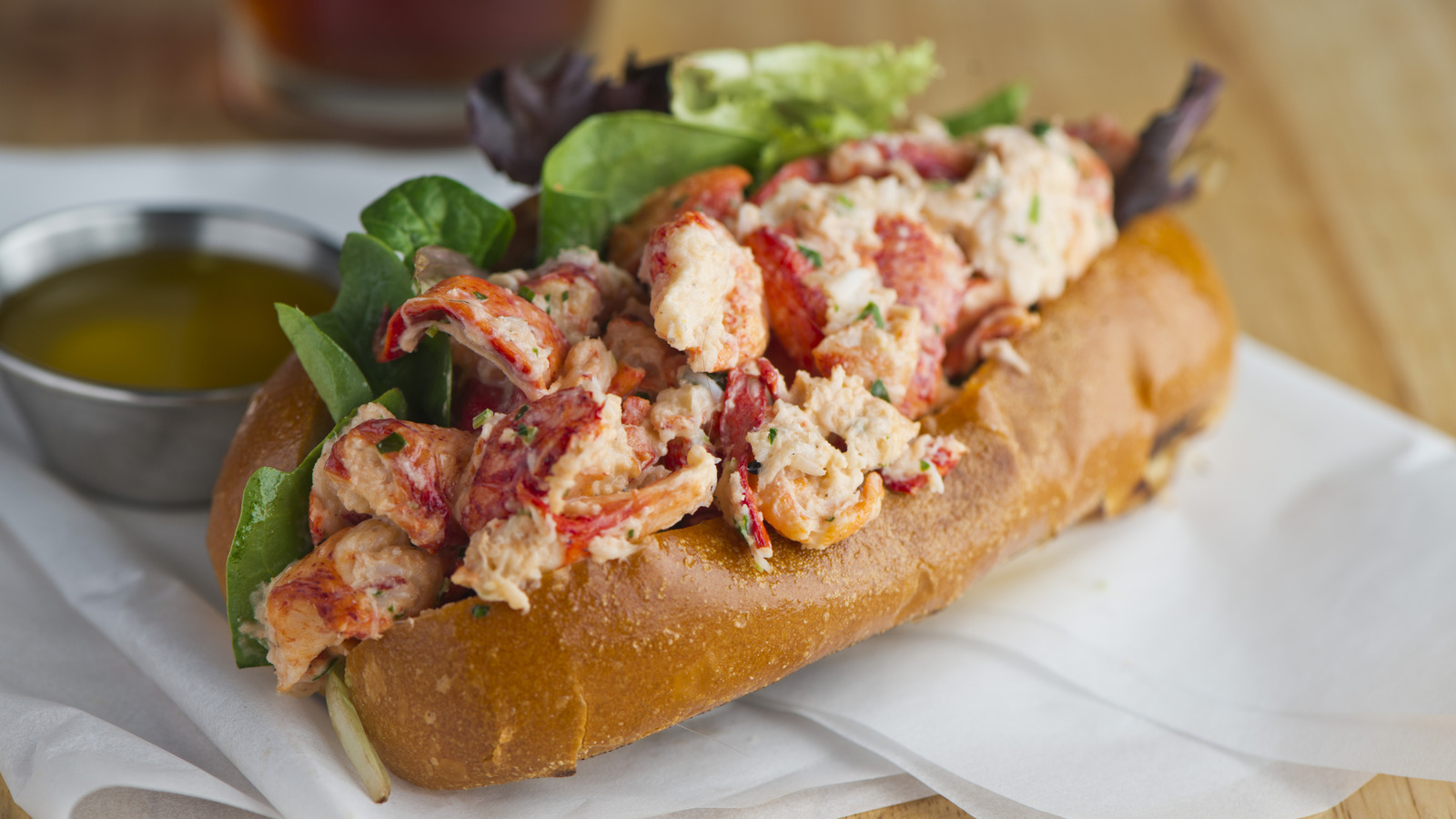When lobster roll season comes back around, seafood lovers are all about it … except for the price tag. Some foodies might call halibut or other flaky white fish by the “poor man’s lobster” moniker, but for the best affordable lobster dupe, accept no substitute but monkfish.
If you haven’t heard of them before, monkfish are groundfish, living and feeding on the ocean floor, similar to a flounder or halibut — though maybe a bit uglier. But they are delicious. Julia Child was an outspoken monkfish fan, and according to celebrity chef Marcus Samuelsson, monkfish liver got NYC foodies to rethink offal. Their flesh is texturally firm yet tender, with a sweet taste that aptly mimics the profile of lobster tail. With mild flavor and thick white fillets, monkfish is accessible to beginner fish eaters and novice home cooks alike. The fish is suitable for a wide range of versatile preparations — and they’re the secret to restaurant-worthy “lobster” rolls on a budget as well.
To make these rolls, simply season your monkfish in the same way that you might regularly prep your lobster meat for a lobster roll. Salt, pepper, and a pinch of celery salt or Old Bay seasoning can work wonders. Then saute the fillets in butter until visibly golden brown, around four to six minutes per side. (An internal temperature of 145 degrees Fahrenheit is ideal for monkfish.) And that’s it! Although, we do have a few more expert tips for how to assemble a lobster roll, for the record.
Ease your lobster roll budget by subbing in monkfish
For reference on the price difference between monkfish and lobster, at a Whole Foods in Brooklyn, NY, monkfish fillets cost $8.88 per pound at the time of writing, compared to lobster tail at $3.33 per ounce (which is a whopping $53.28 per pound, or 6 times more expensive than the monkfish). But the benefits also extend beyond cost: On the note of sustainability, the monkfish population is thriving and can be safely fished, unlike many popular fish species.
In the U.S., monkfish is most commonly sold in tail fillets (i.e., everything but the fish’s enormous mouth). Those fillets often come encased in a thin membrane; be sure to remove this before prepping the monkfish for cooking. As a jumping-off point, roughly 1 ½ pounds of monkfish fillets is enough to make four rolls.
You can dress and top your monkfish “lobster” roll any way you please. You could whip up a quick, classic lobster roll mixture of mayonnaise, lemon juice and zest, celery salt, and pepper for tossing the prepped monkfish meat. Or, to add an umami kick, garlic aioli would totally work here, too. For a brighter profile, our Connecticut-style lobster rolls recipe skips the mayo, instead dressing the meat in a butter sauce with chopped fresh tarragon, lemon juice, sea salt, garlic powder, and paprika, plus a sprinkle of fresh chives to garnish.






